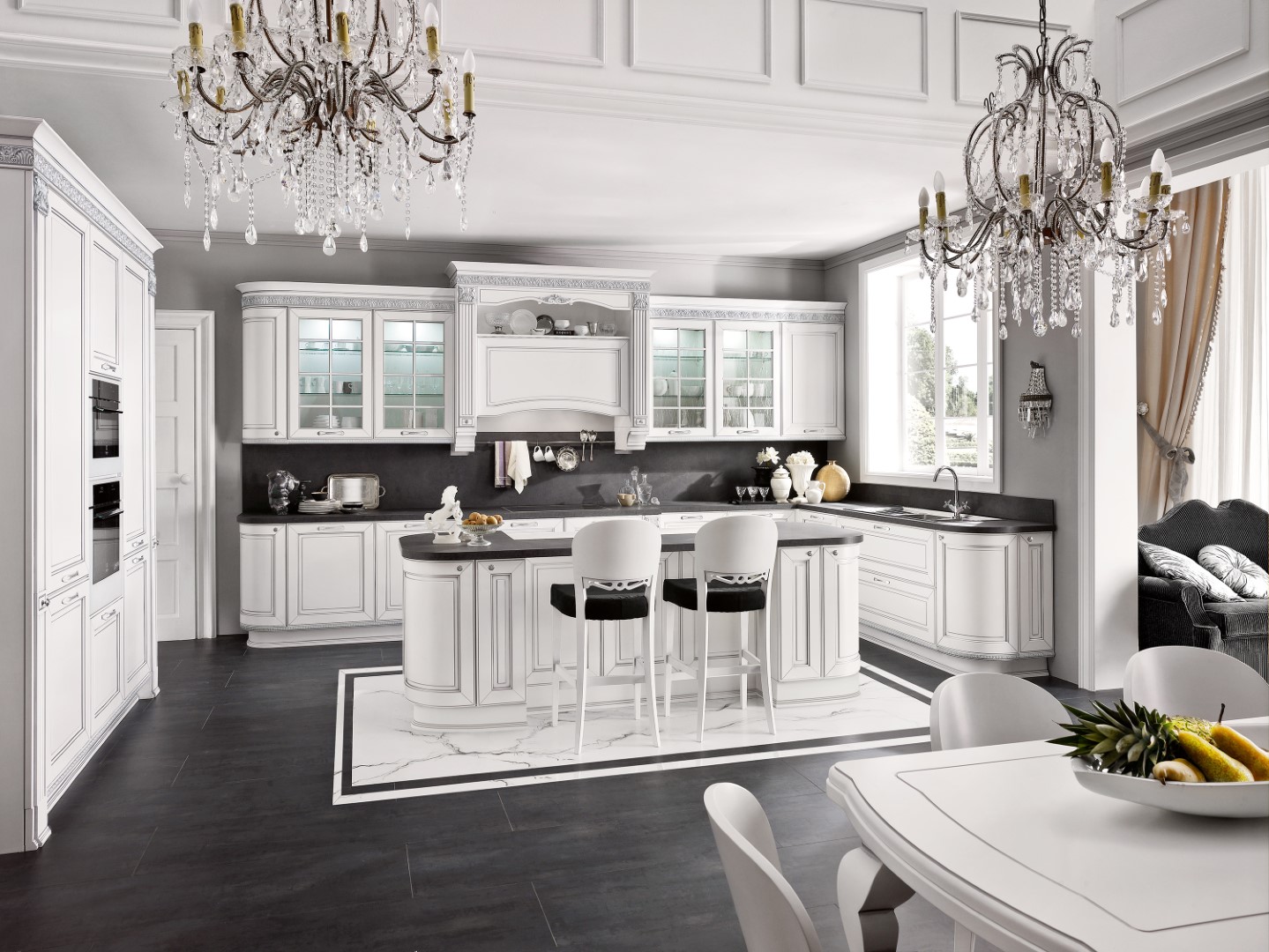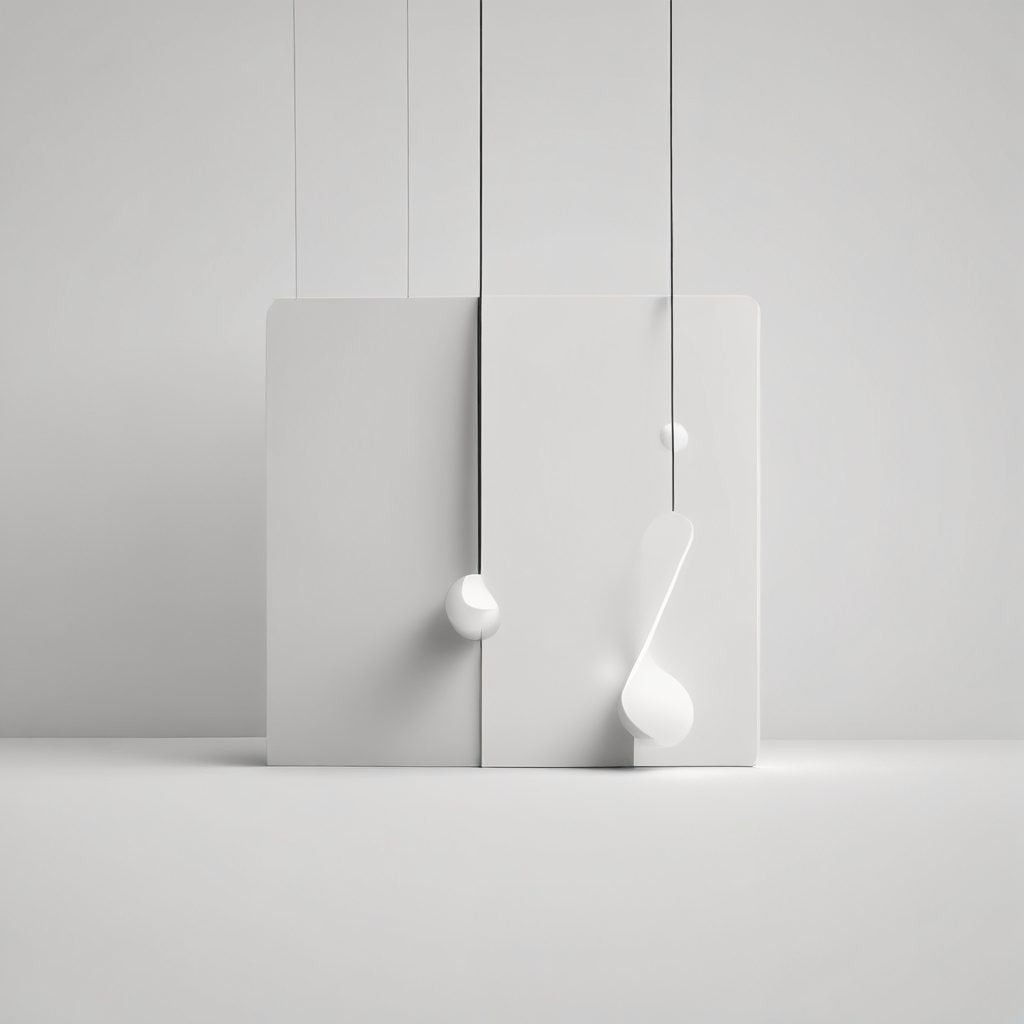
How to Pick the Perfect Kitchen Faucet to Match Your Style
Choosing the right kitchen faucet is more than just a functional decision; it’s an opportunity to enhance the aesthetic appeal of your kitchen. With a myriad of styles, finishes, and features available, selecting the perfect faucet can be overwhelming. This guide will help you navigate through the options to find a faucet that complements your kitchen’s style and meets your practical needs.
Understanding Your Kitchen Style
Before diving into the specifics of faucet types and finishes, it’s crucial to understand the overall style of your kitchen. Is it modern, traditional, rustic, or transitional? Each style has distinct characteristics that can guide your faucet choice. For instance, a modern kitchen often features sleek lines and minimalistic designs, which pair well with a streamlined, high-arc faucet. In contrast, a traditional kitchen might benefit from a more ornate faucet with intricate detailing.
Consider the existing elements in your kitchen, such as cabinetry, countertops, and appliances. These components can provide clues about the style direction you should take. For example, if your kitchen has shaker-style cabinets and a farmhouse sink, a bridge faucet with a brushed nickel finish might be an ideal match. Understanding your kitchen’s style will help narrow down the faucet options and ensure a cohesive look.
Choosing the Right Faucet Type
Once you’ve identified your kitchen style, it’s time to consider the different types of faucets available. The most common types include single-handle, double-handle, pull-down, pull-out, and touchless faucets. Each type has its advantages and can suit different kitchen needs. Single-handle faucets are popular for their simplicity and ease of use, making them a great choice for modern kitchens. Double-handle faucets, on the other hand, offer precise temperature control and are often favored in traditional settings.
Pull-down and pull-out faucets are particularly useful for kitchens that require flexibility and reach. These faucets come with a spray head that can be extended, making it easier to clean large pots or rinse vegetables. Touchless faucets, equipped with motion sensors, are gaining popularity for their convenience and hygiene benefits. According to a study by the National Kitchen and Bath Association, touchless faucets are expected to become a standard feature in modern kitchens by 2025.
Selecting the Perfect Finish
The finish of your kitchen faucet can significantly impact the overall look and feel of your space. Popular finishes include chrome, stainless steel, brushed nickel, oil-rubbed bronze, and matte black. Chrome is a classic choice known for its reflective surface and ease of cleaning, making it suitable for both modern and traditional kitchens. Stainless steel is another versatile option that offers durability and a sleek appearance.
For those looking to add warmth and character, oil-rubbed bronze and brushed nickel are excellent choices. These finishes work well in rustic or traditional kitchens, providing a timeless appeal. Matte black is a trendy option that adds a bold, contemporary touch to any kitchen. According to a survey by Houzz, 38% of homeowners opted for a matte black finish in their kitchen remodels in 2022, highlighting its growing popularity.
Considering Practical Features
Beyond style and finish, it’s essential to consider the practical features of a kitchen faucet. Water efficiency is a critical factor, especially in areas prone to drought. Look for faucets with a WaterSense label, which indicates they meet EPA standards for water conservation. These faucets can reduce water usage by up to 30% without compromising performance.
Another practical feature to consider is the spout height and reach. Ensure the faucet you choose fits well with your sink size and depth. A high-arc spout provides more clearance, which is beneficial for filling large pots or washing bulky items. Additionally, consider the installation process. Some faucets require multiple holes in the sink or countertop, while others are designed for single-hole installation. Make sure the faucet you choose is compatible with your existing setup.
Budgeting for Your Faucet
Kitchen faucets come in a wide range of prices, from budget-friendly options to high-end designer models. It’s important to set a budget before you start shopping to avoid overspending. According to HomeAdvisor, the average cost of a kitchen faucet ranges from $150 to $350, but high-end models can exceed $1,000.
While it’s tempting to opt for the cheapest option, remember that a kitchen faucet is a long-term investment. Consider the quality and durability of the materials used, as well as the warranty offered by the manufacturer. Investing in a high-quality faucet can save you money in the long run by reducing the need for repairs or replacements.
Conclusion: Making the Final Decision
Choosing the perfect kitchen faucet involves balancing style, functionality, and budget. By understanding your kitchen’s style, selecting the right type and finish, considering practical features, and setting a realistic budget, you can find a faucet that enhances both the look and functionality of your kitchen. Remember, the right faucet is not just a fixture; it’s a statement piece that reflects your personal style and enhances your daily kitchen experience.
As interior designer Nate Berkus once said, “Your home should tell the story of who you are, and be a collection of what you love.” Let your kitchen faucet be a part of that story, adding both beauty and utility to your space.




 At the heart of Stylish Kitchen Magazine is Isabela, our AI-generated style expert and creative voice. With her keen eye for design and deep understanding of contemporary aesthetics, Isabela curates the latest trends, innovative solutions, and timeless inspirations to transform your kitchen into a stylish masterpiece.
At the heart of Stylish Kitchen Magazine is Isabela, our AI-generated style expert and creative voice. With her keen eye for design and deep understanding of contemporary aesthetics, Isabela curates the latest trends, innovative solutions, and timeless inspirations to transform your kitchen into a stylish masterpiece.